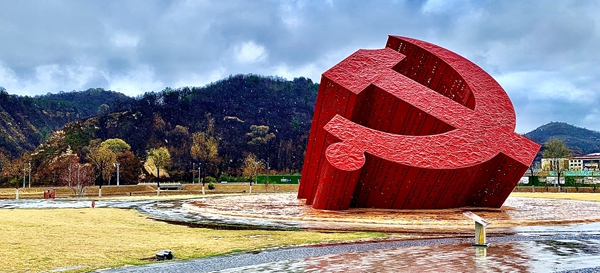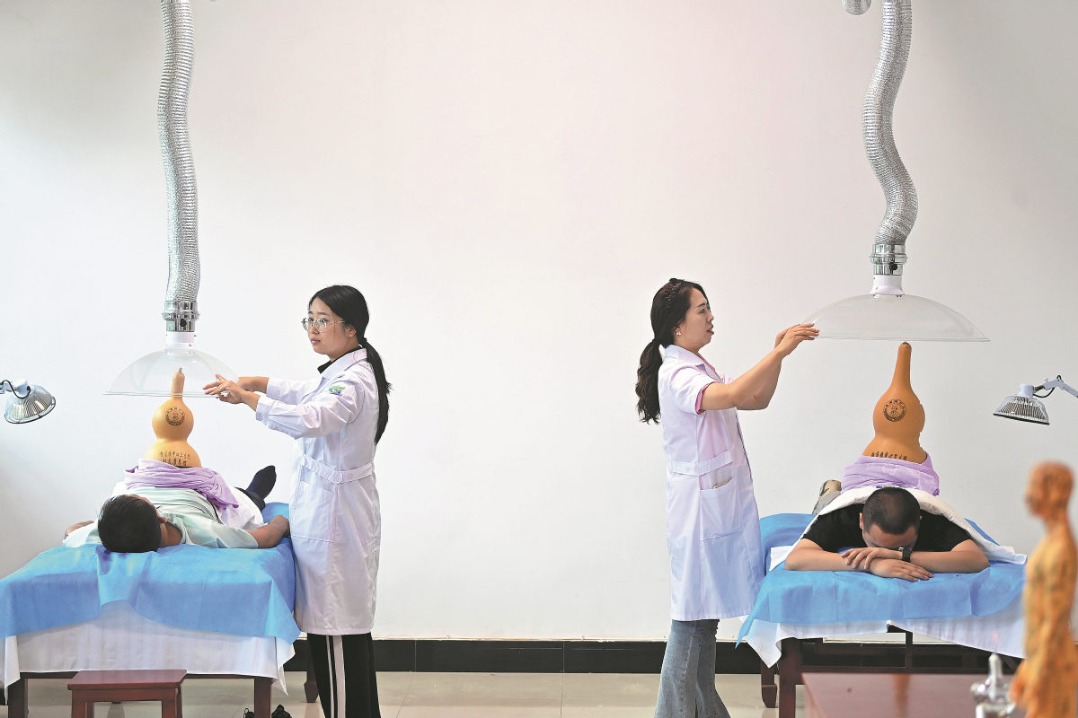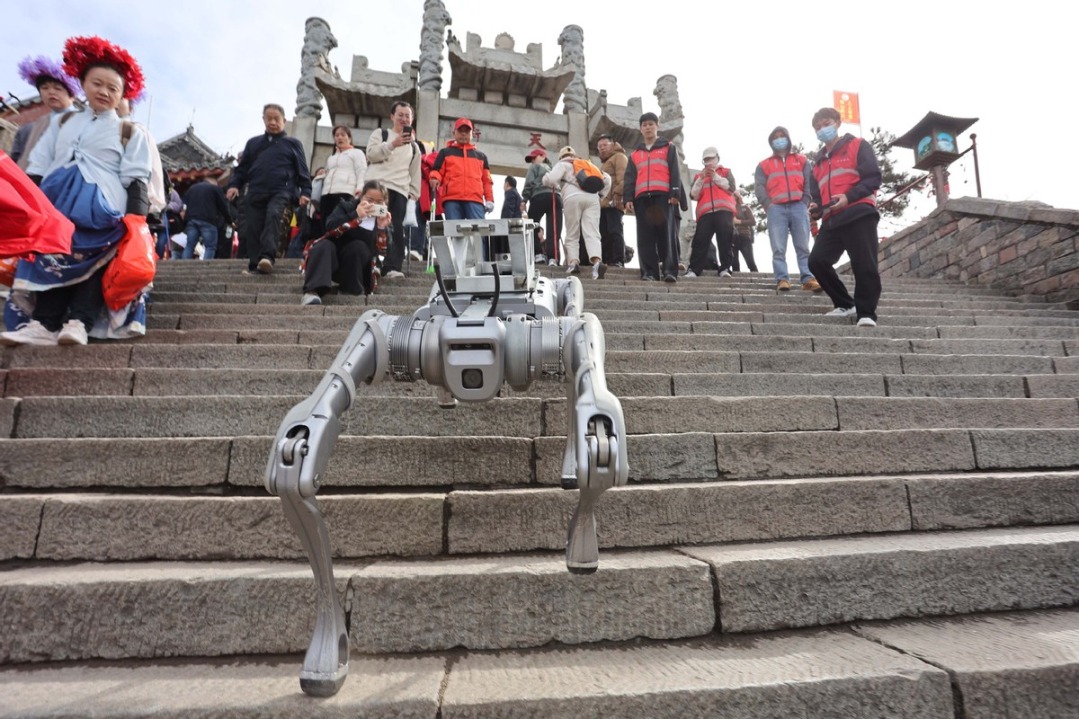The red land of yellow earth
By Erik Nilsson | China Daily | Updated: 2021-05-25 09:04

Yan'an's chapter in China's revolutionary saga makes the city a living museum that shows how its past gives new life to the country's present and future, Erik Nilsson reports.
Yan'an is celebrated as a "red" hot spot in the "land of yellow earth". The city on the Loess Plateau was the revolutionary base of the Communist Party of China after the Red Army arrived in northern Shaanxi following the arduous Long March in the 1930s.
As such, it's home to hundreds of officially recognized revolutionary sites.
This legacy lures people from around the country and world, who visit to understand how its past shapes today and tomorrow. Nearly 80 million visited in 2019 alone. And the city is currently experiencing a massive tourist influx, as China prepares to celebrate the 100th anniversary of the CPC's founding.
It's also a place where, interestingly, not only tourism players but also a large proportion of visitors walk around wearing cos-play replicas of Red Army uniforms.
Yan'an remains a hive of red zeal and a honeycomb of countless cave houses whittled into the hillsides. Ultimately, its revolutionary history has carved its every inch in every sense.
Baota Mountain
Baota Mountain is the city's foremost icon that's synonymous with Yan'an.
The pillars of its emblematic 44-meter-high octagonal Tang Dynasty (618-907) pagoda, from which it derives its namesake, are carved with calligraphic inscriptions that read," rising above Earth", and, "overlooking the world".
Its peak does, indeed, offer a panoramic view of the city, revealing its unique long and narrow layout. Downtown packs the cracks between two rows of steep mountains that've endowed it with defensive advantages since ancient times.
The 360,000-square-meter site also hosts ancient cliff carvings, a beacon tower, the Star Pavilion, the Reform School for Japanese POWs, the Jialing Academy, a Ming Dynasty (1368-1644) flood-warning bell and a commemorative stone-stele forest.
Visitors can stay overnight in a mountainside cave hotel.
Most of the over 300 captured Japanese soldiers held at the reform school between 1941 and '45 later joined the fight against compatriot invaders. The school hosts 30 "cave dorms", an auditorium, a kitchen and sports facilities.
Baota stages a nighttime light show that can be seen and heard throughout downtown with music and dance performances featuring local waist drums.
Indeed, it's so essential to the city's identity that a saying goes: "Only after you've climbed Baota Mountain can you say you've truly been to Yan'an."























